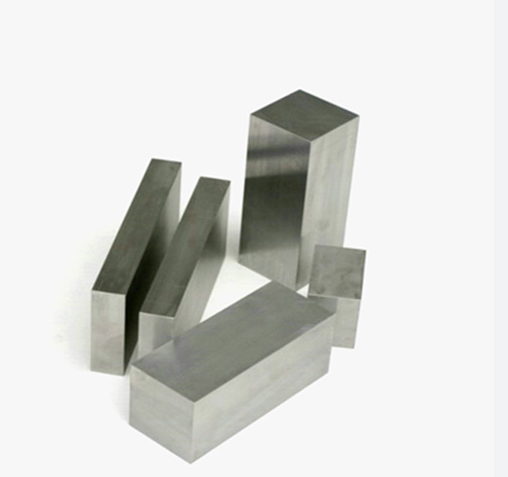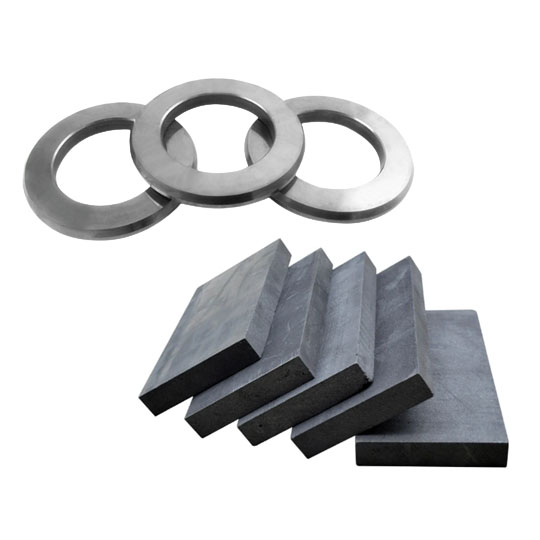Виды твердосплавных пластин и их теплопроводность
Не все твёрдосплавные пластины созданы одинаковыми. Это все равно что сказать, что все спортивные автомобили одинаковы. Нет. От состава порошка до процесса спекания есть масса переменных, которые влияют на характеристики, включая теплопроводность.
Дело вот в чем: для изготовления твердосплавных пластин используются различные металлические порошки, смешанные и соединенные связующим веществом (обычно кобальтом). Конкретный тип и соотношение этих порошков определяют, как тепло проходит через них. Ниже приведены некоторые известные модели твердосплавных пластин и их тепловое поведение:
| Модель карбидного порошка | Основные моменты композиции | Теплопроводность (Вт/м-К) | Ключевой пример использования | Плюсы | Cons |
|---|---|---|---|---|---|
| WC-Co (карбид вольфрама-кобальт) | ~94% WC, 6% Co | 85-100 | Режущие инструменты, горнодобывающая промышленность | Высокая прочность и электропроводность | Цена |
| WC-Ni | ~90% WC, 10% Ni | 70-90 | Коррозионностойкая оснастка | Хорошо подходит для морского использования | Низкая износостойкость |
| WC-TiC-Co | WC + карбид титана | 60-75 | Высокоскоростная резка | Устойчивость к окислению | Более хрупкий |
| WC-VC-Co | Присадка из карбида ванадия | 75-85 | Устойчивые к истиранию пластины | Улучшенный контроль роста зерна | Трудно спекается |
| WC-Cr3C2-Co | Смесь карбида хрома | 55-65 | Жесткие химические среды | Превосходная стойкость к окислению | Умеренная прочность |
| WC-TaC-Co | Карбид тантала добавлен | 65-78 | Аэрокосмическая промышленность и резка | Сильнее при высоких температурах | Затратный |
| WC-FeNi | WC с Fe-Ni связующим | 45-60 | Резка мягких металлов | Доступная цена, устойчивость к коррозии | Слабость при высокой температуре |
| WC-Cu | Медное связующее | 120-250 | Пластины радиатора | Очень высокая проводимость | Низкая твердость |
| WC-Co + SiC | Усиленный карбидом кремния | 90-110 | Высокоскоростные штампы | Устойчивость к износу и термическим ударам | Сложные в производстве |
| WC-Co-NiCr | Никель-хром-кобальтовая матрица | 65-75 | Аэрокосмическая промышленность и бронетехника | Превосходно работает в горячих, агрессивных средах | Низкая обрабатываемость |
Заметили, как связующий материал и добавленные карбиды влияют на проводимость? Это не совпадение.

Факторы, влияющие на Твердосплавная пластина Теплопроводность
Итак, теперь вы знаете, какие бывают типы. Но что на самом деле изменения Как хорошо эти пластины перемещают тепло? Давайте разберемся в этом, как на вашем любимом YouTube-канале "Как это работает".
1. Тип и содержание переплета
Связующее вещество - это как арахисовое масло в сэндвиче PB&J - оно держит все вместе. Кобальт распространен и обладает высокой проводимостью, но стоит перейти на что-то вроде никеля или меди, и игра с теплом полностью меняется. Больше связующего вещества обычно означает лучшую проводимость, но слишком много делает его мягким.
2. Размер зерна WC
Более мелкие зерна = больше границ = больше сопротивление. Поэтому ультратонкие сорта часто имеют ниже теплопроводность. Но при этом они приобретают прочность. Это все равно что выбирать между спринтером (быстрым, но хрупким) и марафонцем (более медленным, но выносливым).
3. Пористость и плотность
Пустоты и воздушные карманы? Плохие новости. Они действуют как крошечные изоляторы. Чем компактнее пластина, тем лучше она передает тепло. Здесь обычно выигрывают карбиды высокой плотности.
4. Добавки и вторичные фазы
Такие добавки, как карбид титана или карбид хрома, могут сделать пластину более прочной или износостойкой. Но для этого часто приходится жертвовать теплопроводностью.
5. Температура и рабочая среда
Что самое интересное? Проводимость не статична. При более высоких температурах некоторые карбиды улучшают свои характеристики. Другие рассыпаются. Всегда проверяйте температурный режим кривые стабильности если вы планируете обжаривать их при температуре 800°C или выше.
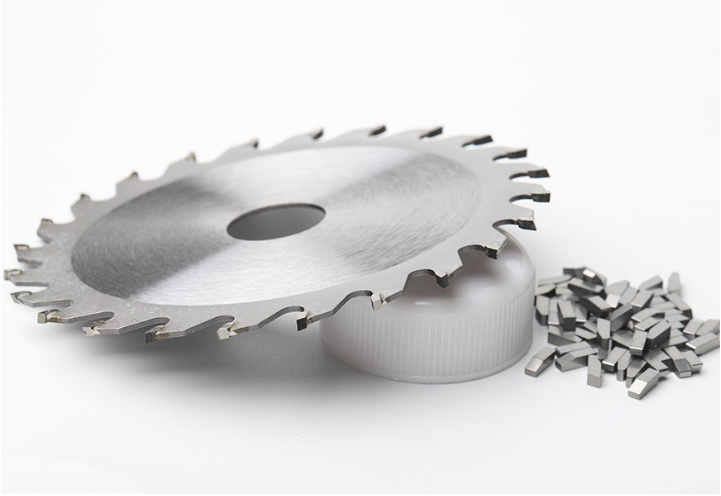
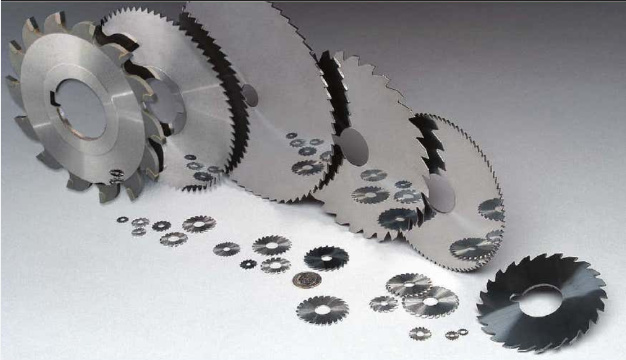
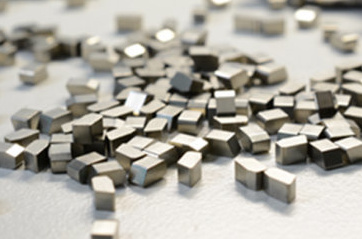
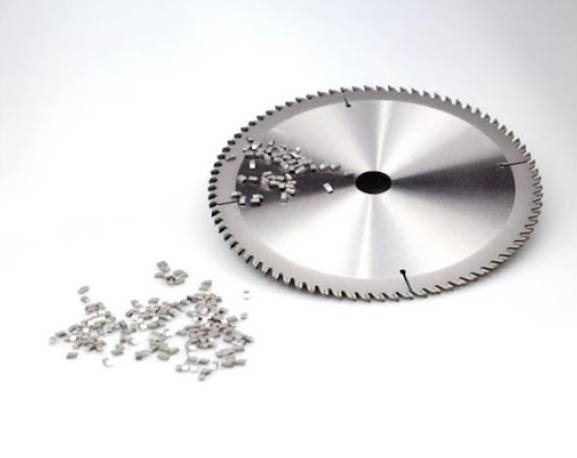
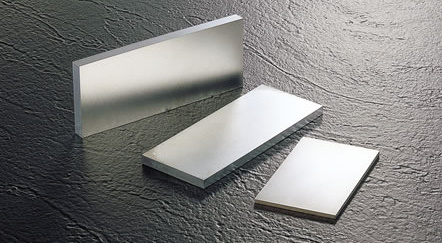
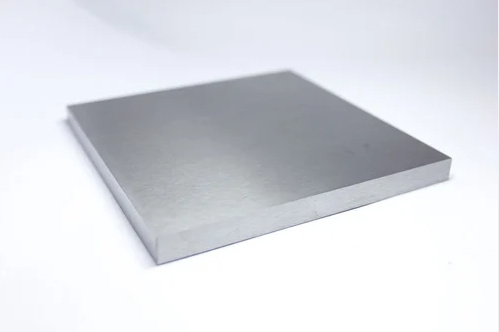
Области применения, где теплопроводность имеет значение
Почему нас вообще волнует этот тепловой вопрос? Потому что, когда ваш инструмент или пластина хорошо проводят тепло, они служат дольше, работают лучше и не трескаются под давлением - в буквальном смысле слова.
Режущие инструменты и пластины
При высокоскоростной обработке, если пластина не может быстро отводить тепло, она сгорает или быстро изнашивается. Инструменты с более высокой проводимостью остаются более холодными, острыми и менее подверженными микротрещинам.
Теплоотводящие пластины в электронике
Некоторые гибриды карбида и меди используются в высококлассной электронике для отвода тепла от хрупких деталей. Здесь же медь MVP для теплового рассеивания.
Производство пресс-форм и штампов
При литье пластмасс под давлением, твёрдосплавные пластины сталкиваются с экстремальными перепадами температур. Плохая проводимость может означать увеличение времени цикла и появление трещин под напряжением. Лучшая проводимость = более быстрое охлаждение и лучшее качество деталей.
Аэрокосмическая и оборонная промышленность
В реактивных двигателях и бронетехнике перепады температур являются нормой. Карбиды с высокой проводимостью и Вязкость (например, WC-Co-NiCr) уравновешивает теплостойкость и прочность.
Химические и морские среды
Здесь речь идет о сопротивлении жаре. и коррозия. WC-Ni и WC-Cr3C2-Co отличаются своим термическим поведением в щелочных средах.
Как правильно выбрать Твердосплавная пластина На основе теплопроводности
Используйте эту шпаргалку, чтобы принимать более разумные решения при выборе тарелки:
| Приложение | Рекомендуемый тип твердого сплава | Почему это работает |
|---|---|---|
| Высокоскоростная обработка | WC-Co или WC-Co + SiC | Высокая электропроводность и износостойкость |
| Химическая обработка | WC-Cr3C2-Co или WC-Ni | Хорошие термические и коррозионные характеристики |
| Теплоотводы/кондукторы | WC-Cu | Чрезвычайно высокая теплопередача |
| Аэрокосмические компоненты | WC-TaC-Co или WC-Co-NiCr | Высокотемпературная прочность + электропроводность |
| Морские инструменты | WC-Ni или WC-FeNi | Достойные тепловые свойства и антикоррозийные свойства |
| Изготовление штампов и пресс-форм | WC-Co | Эффективное охлаждение при многократных циклах нагрева |
| Износостойкие детали общего назначения | WC-VC-Co | Сбалансированные износостойкие и термические свойства |
Считайте это своей дорожной картой. Если вы идете в бой (ака разработка продукта), знайте свои доспехи.
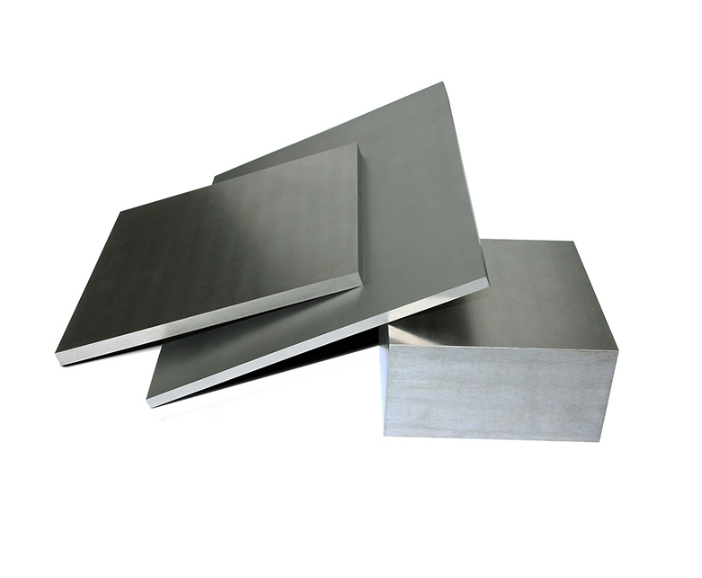
Вопросы и ответы
| Вопрос | Ответить |
|---|---|
| Каков типичный диапазон теплопроводности для пластин из твердого сплава? | От 45 до 250 Вт/м-К в зависимости от состава и связующего. |
| Почему кобальт увеличивает проводимость в карбидах? | Кобальт является высокопроводящим металлом и образует прочные металлические связи, обеспечивая эффективную теплопередачу. |
| Всегда ли высокая теплопроводность лучше? | Не всегда. В некоторых областях применения, например в тепловых барьерах, низкая проводимость является предпочтительной. |
| Все ли карбиды одинаково работают при высоких температурах? | Нет! Некоторые, например WC-TaC-Co, сохраняют проводимость и прочность, а другие быстро разрушаются. |
| Как проверить теплопроводность твердосплавной пластины? | В лабораториях широко используются методы анализа с помощью лазерной вспышки и горячей пластины с защитой. |
| Можно ли использовать для резки карбид с медной связкой? | Технически да, но ему не хватает необходимой твердости. Лучше использовать для теплоотводов. |
| Какой твердый сплав лучше всего подходит для охлаждения электроники? | WC-Cu обладает наилучшей теплопроводностью, часто превышающей 200 Вт/м-К. |
| Влияет ли размер зерна только на прочность? | Нет, это тоже влияет на проводимость. Более мелкие зерна могут уменьшить теплопередачу. |
| Существуют ли стандарты для измерения этого показателя? | В ISO и ASTM существуют руководства, такие как ASTM E1461, для проведения испытаний на теплопроводность. |
| Могут ли такие добавки, как SiC, улучшить тепловые свойства? | Да, особенно при оптимизации - SiC может улучшить как износостойкость, так и стойкость к термоударам. |

